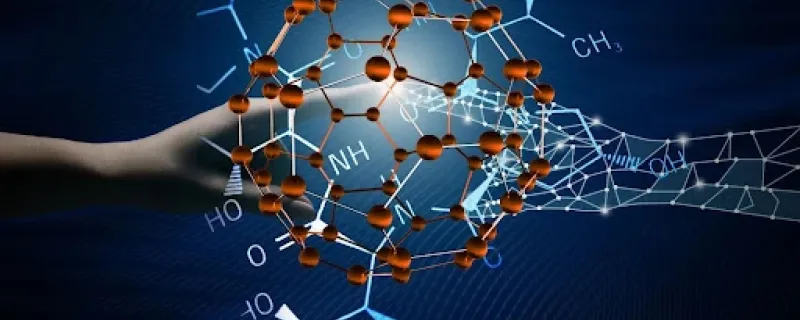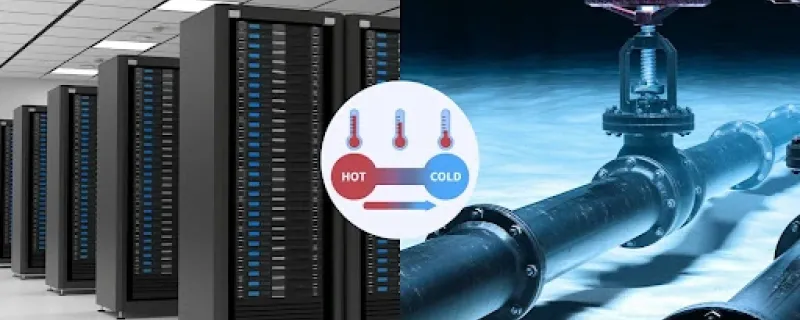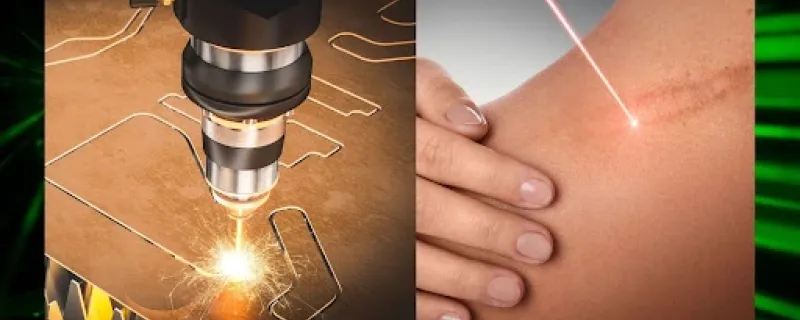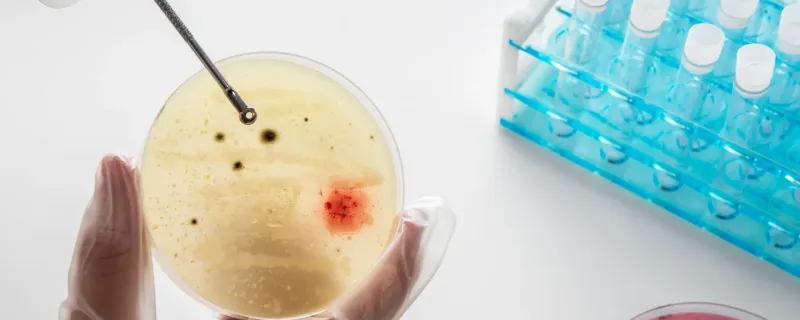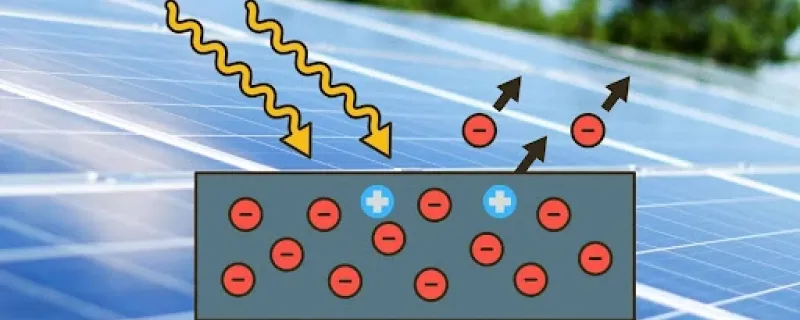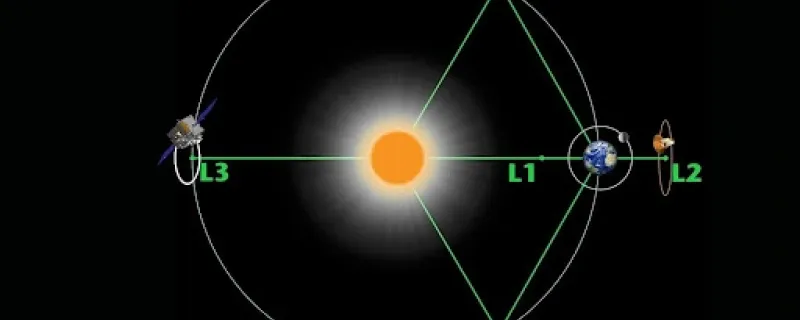New research reveals that while AI excels at basic scientific perception, it struggles with complex reasoning, spatial understanding, and integrating information from different sources, highlighting key areas for future development.
A new review reveals that rising global temperatures, increased pollution, and extreme weather events are driving a global surge in eye diseases, disproportionately affecting vulnerable communities and challenging healthcare systems.
Roorkee/

